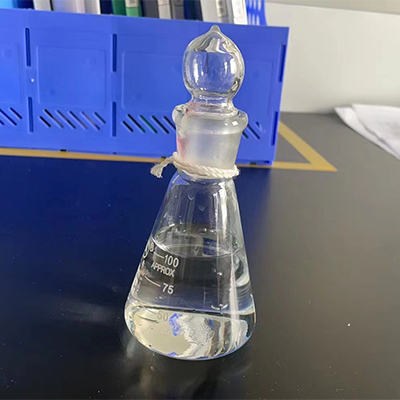您好!欢迎浏览中国·永利yl23455(股份)有限公司官网!


Dangerous characteristics of goods:
Hazard characteristics: in case of open fire, high heat and oxidant, it may cause combustion, and release toxic and irritant gas during combustion.
Invasion route: ingestion, inhalation of vapor or skin contact
Health hazard: it is harmful to the body after inhalation, oral administration or skin absorption, and its toxic effect may be similar to benzene.
Acute poisoning:
1. Patients with mild poisoning may have headache, dizziness, tears, dry throat, cough, nausea and vomiting, abdominal pain, diarrhea and unstable gait; Skin, nail and mucous membrane purple group, acute conjunctivitis, tinnitus, photophobia, palpitation and pale complexion.
2. In addition to the aggravation of the above symptoms, drowsiness, slow response and trance, moderate and severe poisoning may also cause rapid coma, slow pulse, decreased blood pressure, cyanosis of skin and mucous membrane, increased breathing, convulsions and muscle tremor. Some patients may also have agitation, euphoria, delirium, peripheral nerve damage, and even dyspnea and shock.
Precautions for storage and transportation:
Store in a cool and ventilated warehouse. Keep away from kindling and heat sources. The storage temperature should not exceed 30 ℃. Keep the container sealed. It should be stored separately from oxidant and should not be mixed. Explosion proof lighting and ventilation facilities shall be adopted. It is forbidden to use mechanical equipment and tools that are easy to produce sparks. The storage area shall be equipped with leakage emergency treatment equipment and appropriate receiving materials.
Personal protective measures:
Respiratory protection: when the concentration in the air exceeds the standard, wear self-priming filter gas mask (half mask). In case of emergency rescue or evacuation, air respirator or oxygen respirator shall be worn.
Eye protection: generally, no special protection is required. Safety glasses can be worn in case of high concentration contact.
Body protection: wear anti-static work clothes.
Hand protection: wear rubber oil resistant gloves.
Other protection: smoking is strictly prohibited at the work site. Shower and change clothes after work. Pay attention to personal hygiene.
Spill treatment:
Quickly evacuate the personnel in the leakage contaminated area to the safe area, isolate them and strictly restrict their access. Cut off the fire source. It is recommended that emergency treatment personnel wear self-contained positive pressure respirator and anti-static work clothes. Cut off the source of leakage as much as possible. Prevent from flowing into restricted spaces such as sewers and flood drainage ditches. Small leakage: mix with sand, dry lime or soda ash. It can also be washed with emulsion made from non combustible dispersant, and diluted with lotion to put into the waste water system. Massive leakage: build a dike or dig a pit for reception. Cover with foam to reduce steam damage. Transfer to tank car or special collector with explosion-proof pump, recycle or transport to waste treatment site for disposal.
First aid measures:
Skin contact: take off contaminated clothes and wash skin thoroughly with soapy water and clear water.
Eye contact: lift the eyelids and rinse with flowing water or normal saline.
Inhalation: quickly leave the site to a place with fresh air. Keep respiratory tract unobstructed. If breathing is difficult, give oxygen. If breathing stops, perform artificial respiration immediately. See a doctor.
Ingestion: drink enough warm water to induce vomiting. See a doctor.
Fire extinguishing method:
Fire extinguishing method: spray water to cool the container, and move the container from the fire site to an open place if possible. If the container in the fire site has changed color or generated sound from the safety pressure relief device, it must be evacuated immediately.
Fire extinguishing agents: foam, dry powder, carbon dioxide and sand.
Index number:
Dangerous goods No.: 32054 CAS
Registration No.: 462-06-6